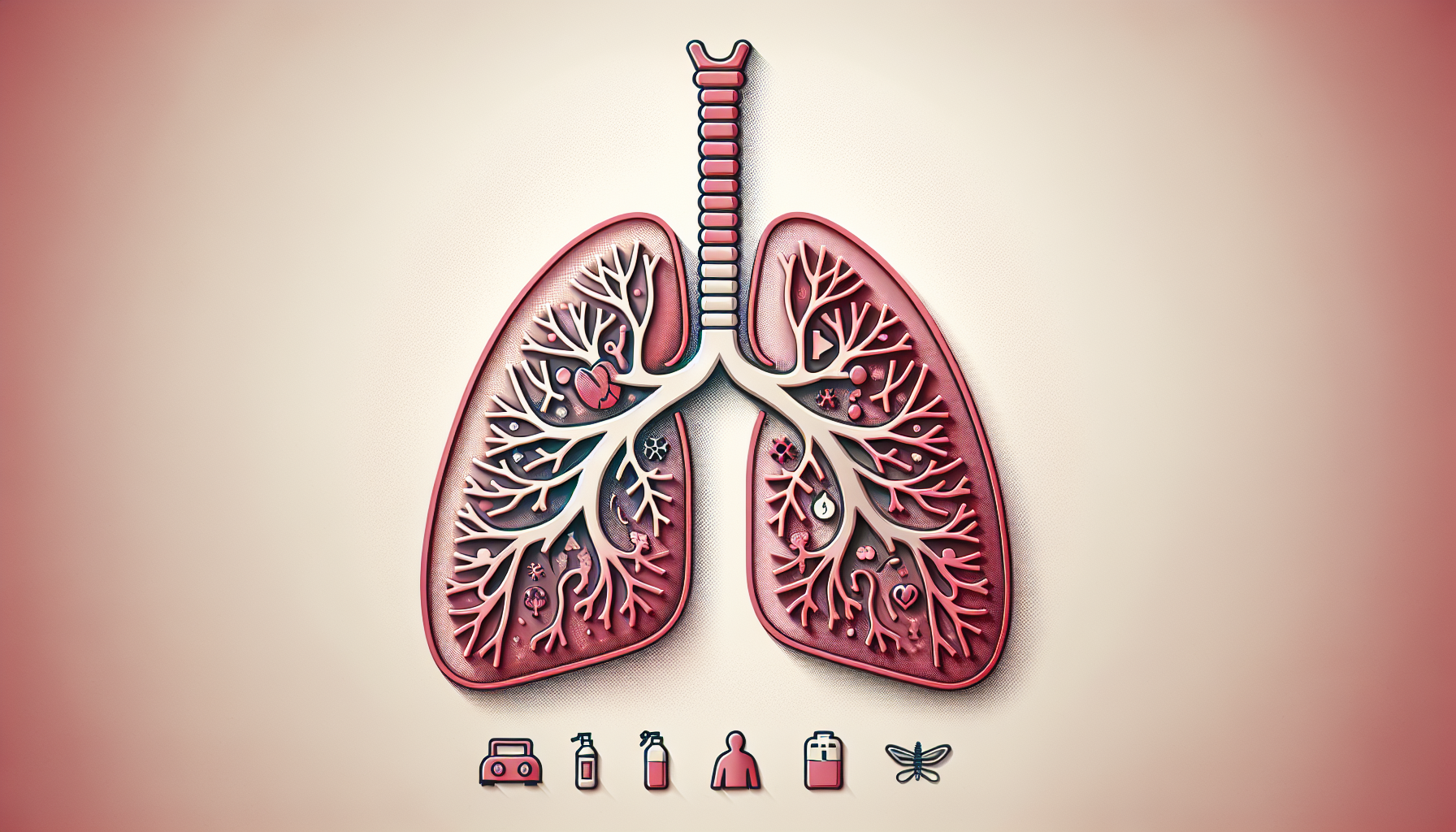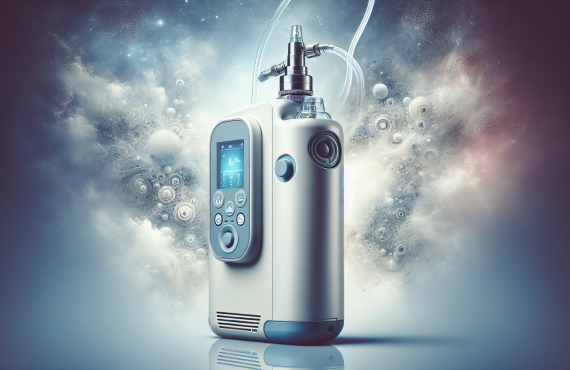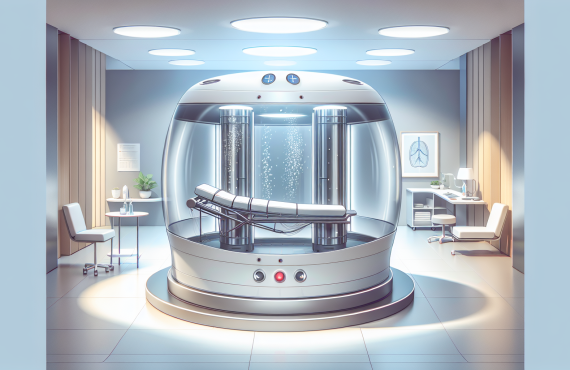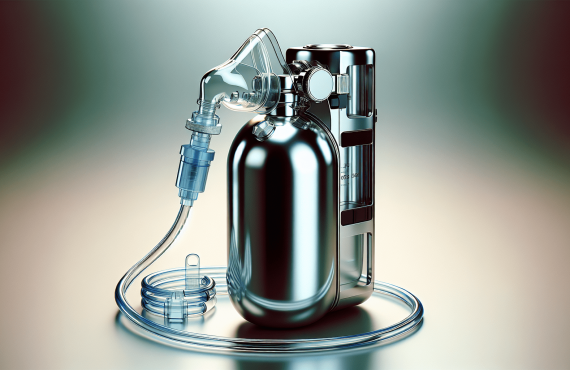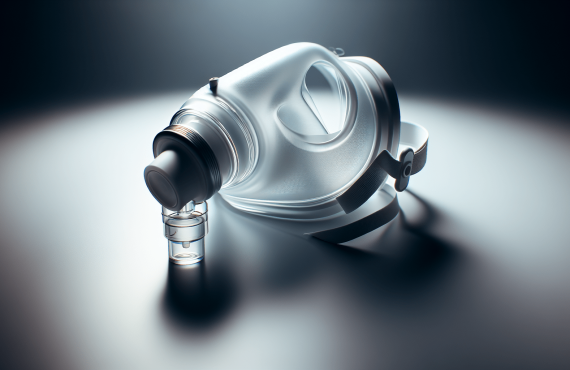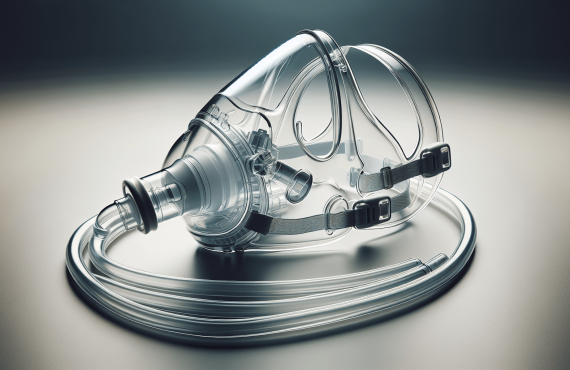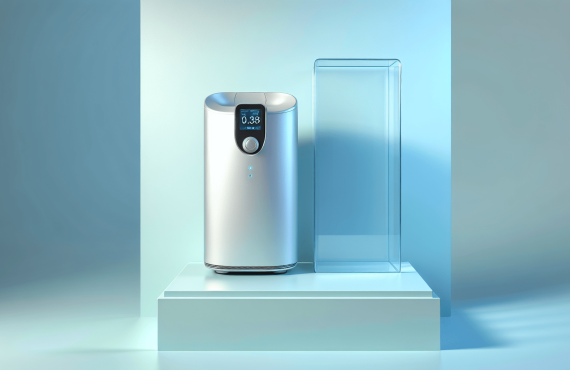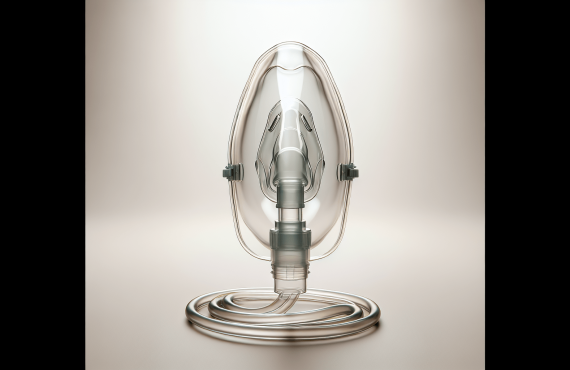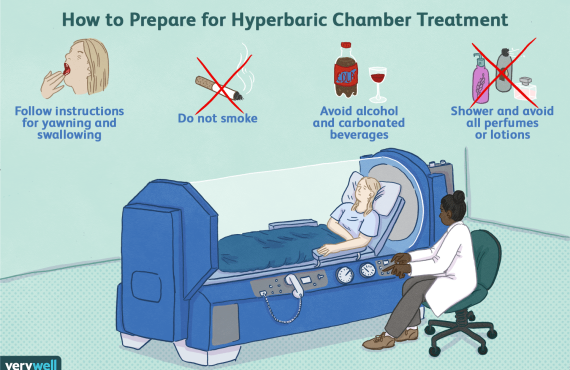Have you ever wondered about the survival rate of long-term oxygen therapy? It is a topic that might not pop up in your daily conversations, unless, of course, you or someone you know is relying on it. This form of therapy often sounds like something out of a futuristic sci-fi film, yet it plays a vital role in real life, helping many people in need. Long-term oxygen therapy (LTOT) is far more than breathing in some extra air; it’s a life-altering intervention that can significantly impact one’s quality of life and extend survival in some patients.
Table of Contents
Understanding Long-term Oxygen Therapy
Long-term oxygen therapy involves delivering supplemental oxygen to individuals with chronic respiratory conditions. This usually applies to patients suffering from chronic obstructive pulmonary disease (COPD), severe asthma, pulmonary fibrosis, and more. It keeps the oxygen levels in your blood within normal limits, which is crucial for organ health.
How Does It Work?
At its core, LTOT is about ensuring the body’s vital organs receive enough oxygen. This is achieved by providing patients with a steady supply of oxygen through nasal prongs or a mask. The goal is simple: maintain appropriate oxygen levels to prevent complications and improve quality of life.
Importance of Oxygen Saturation
Oxygen saturation indicates the percentage of hemoglobin in your red blood cells carrying oxygen. Maintaining an oxygen level above a certain threshold is essential, as low levels lead to organ failure. Long-term oxygen therapy helps sustain this crucial balance and reduces the strain on overworked hearts and lungs.
Survival Rates and Long-term Oxygen Therapy
The survival rates for those on LTOT depend largely on the underlying condition, the severity of the disease, and other health factors. Here’s a straightforward look into what studies and clinical data suggest.
The Statistics
In general, LTOT can improve the longevity of patients with severe chronic conditions. Studies have highlighted that individuals with COPD on LTOT live longer compared to those without it. For instance, those treated with continuous oxygen might see their life extended by an average of 1 to 3 years. However, individual results vary considerably.
Factors Affecting Survival Rate
Several factors can affect the survival rate for patients on long-term oxygen therapy:
- Severity of Disease: More severe illnesses typically equate to lower survival rates.
- Adherence to Therapy: Consistent use improves outcomes.
- Comorbid Conditions: Other existing health issues can influence survival rates.
- Lifestyle Choices: Smoking cessation and physical activity can positively impact results.

The Benefits Beyond Survival
While prolonging life is a key goal, LTOT offers other significant benefits that improve the daily lives of patients.
Enhancing Quality of Life
Many individuals find that LTOT enhances their day-to-day experiences by reducing fatigue and increasing energy levels. Patients often report being able to perform daily activities with greater ease and enjoying a more active lifestyle than they did before treatment.
Reducing Hospital Visits
By stabilizing oxygen levels, LTOT helps decrease the frequency of respiratory complications that require hospitalization. Patients can avoid the stress and physical toll of frequent hospital visits, leading to improved mental health and wellbeing.
Considerations and Challenges
It is essential to consider potential pitfalls when using long-term oxygen therapy. Understanding these challenges can help in maximizing the therapy’s benefits.
Adherence to Treatment
Sticking to a prescribed oxygen schedule might require significant lifestyle changes. Portable oxygen devices offer more freedom, but adjusting to their use might take time.
Potential Complications
While LTOT is generally safe, complications such as nasal irritation or dry throat can occur. Proper equipment use and regular check-ins with healthcare providers can mitigate these issues.

When to Consider Long-term Oxygen Therapy
Discussing your specific needs and conditions with healthcare professionals is crucial. If you find yourself questioning whether LTOT is the right path, consider the following situations:
Severe COPD
Individuals dealing with severe COPD and frequent breathlessness might benefit greatly from LTOT. Regular testing of oxygen levels will often guide a doctor’s recommendation.
Chronic Respiratory Failure
Should pulmonary conditions lead to chronic respiratory failure, LTOT could become a necessary strategy to support everyday function and exertion.
The Role of Hyperbaric Therapy
In addition to LTOT, you might encounter hyperbaric oxygen therapy (HBOT) as a treatment option. HBOT involves breathing 100% oxygen in a pressurized chamber. It is used for specific conditions such as non-healing wounds, carbon monoxide poisoning, and certain infections.
How Hyperbaric Therapy Works
Inside the chamber, increased air pressure allows your lungs to gather more oxygen than would be possible at normal air pressure. This heightened oxygen uptake encourages faster healing and helps fight infections, making it a useful adjunct to conventional oxygen therapy.
Seeking Professional Advice
Visiting a healthcare professional specialized in respiratory health can provide clarity and guidance. At Henry Chiropractic in Pensacola, FL, Dr. Craig Henry and Dr. Aaron Hixon are dedicated to improving health and wellness with their expertise and personalized care. They understand that managing chronic conditions is more than just treatment; it’s about enhancing your overall quality of life.
Contact Information
For inquiries and appointments, visit:
Henry Chiropractic
1823 N 9th Ave
Pensacola, FL 32503
(850) 435-7777
Visit their website
Frequently Asked Questions
To round off our discussion, here are some FAQs about long-term oxygen therapy and related treatments.
Is Long-term Oxygen Therapy Safe?
Yes, LTOT is considered a safe and effective treatment when prescribed and supervised by healthcare professionals. It can improve survival and quality of life in individuals with oxygen deficiencies.
How Long Can a Patient Be on Long-term Oxygen Therapy?
The duration of therapy varies with individual needs and medical conditions. Some may require it indefinitely, while others might only need it during periods of acute illness.
Can I Travel While on LTOT?
Yes, traveling with portable oxygen systems is possible. It’s essential to plan ahead with your healthcare provider and the airline or travel service to ensure a smooth journey.
Do I Have to Stop Smoking to Start Oxygen Therapy?
Absolutely. Smoking poses significant risks when using oxygen, like increased fire hazards. Moreover, quitting smoking can enhance therapy effectiveness and overall health.
What Signs Indicate a Decrease in Oxygen Levels?
Symptoms such as persistent shortness of breath, confusion, and chest pain could signal low oxygen levels. Consult your healthcare provider if you experience these symptoms while on therapy.
Conclusion
Long-term oxygen therapy is a life-enhancing treatment that supports those with chronic respiratory conditions, ensuring they maintain necessary oxygen levels for optimal organ function. While the therapy’s survival rates can vary based on numerous factors, its role in improving quality of life and reducing hospitalizations remains undisputed. If you’re considering LTOT, consult with healthcare providers like Dr. Craig Henry and Dr. Aaron Hixon at Henry Chiropractic, who can offer personalized insights and guidance tailored to your needs.


















